
Metrics & Benchmarks
Latest News

Upskilling Community Cancer Centers: A Training Pilot Hints at Promising Ways to Boost Oncology Clinical Research

ACT Brief: AI-Enabled COA Migration, Expanding Trial Footprints into Routine Care, and New FDA Approval in Myasthenia Gravis
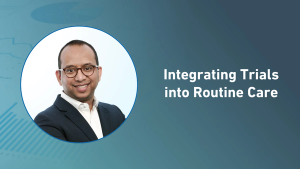
Integrating Trials into Routine Care

When AI Learns to Speak Every Language: An eCOA Migration Study

ACT Brief: AI’s Impact on Trial Timelines, New Strategies in Obesity R&D, and Why Patient Support Needs a Clinical Backbone

Shorts










Podcasts
Videos
All News

See how combining human oversight with AI insights improves protocol authorship, site selection, and monitoring strategies, delivering better decisions than AI-only or human-only approaches.

As highly effective anti-obesity therapies emerge and regulatory expectations evolve, sponsors are adopting innovative trial designs, addressing long-term weight maintenance, monitoring lean mass preservation, and preparing for expanded safety and demographic requirements that will define the next era of obesity R&D.
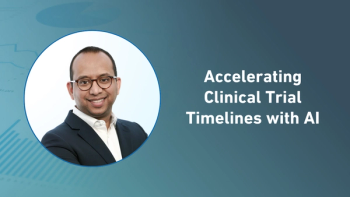
Explore how AI can optimize study design, speed patient recruitment, and streamline operational workflows to shorten development timelines and enhance trial efficiency.

In today’s ACT Brief, we break down FDA’s new superiority requirement reshaping CAR-T development, examine Pfizer’s global move into oral small-molecule GLP-1 therapy, and highlight new MONALEESA findings that reinforce long-term disease control with Kisqali.

New FDA guidance signals a major shift for CAR-T development, calling for randomized trials with standard-of-care control groups and clear evidence of superiority over existing therapies, while simultaneously easing REMS requirements to reduce logistical burdens for treatment centers and patients.

In today’s ACT Brief, we explore how stronger vendor–sponsor governance is speeding eCOA study startup, hear from AMR Clinical on the biggest opportunities to advance site operations and collaboration, and highlight new long-term data supporting earlier use of Carvykti in relapsed or refractory multiple myeloma.

Gain insights into the operational challenges facing clinical research sites today, learn what sponsors and CROs can do to reduce burden, and explore how evolving collaboration models and technology will shape clinical trials over the next five years.

Strong relational governance between technology vendors and sponsor–CRO teams is becoming a critical foundation for eCOA trial success, enabling faster study launches, clearer communication, proactive issue management, and sustained quality across entire trial portfolios.

In today’s ACT Brief, we look at how AI and in-silico methods are reshaping drug repurposing, why staggered ICH GCP rollouts are creating new operational pressure points, and the FDA’s latest CAR-T approval expanding treatment options in B-cell malignancies.

Learn how sponsors and CROs are adapting to evolving ICH GCP requirements while maintaining innovation in high-touch areas, ensuring patient protection, and preserving data integrity across global clinical trials.

AI-driven discovery, EHR-based real-world evidence, and synthetic patient modeling are rapidly reshaping drug repurposing, reducing development timelines, expanding therapeutic applications, and accelerating regulatory acceptance of computational approaches.

In today’s ACT Brief, we look at what’s fueling rapid growth in CNS and autoimmune research, why former FDA leaders are warning that new vaccine policies could reshape clinical development, and how the agency’s latest leadership change may influence drug review operations.
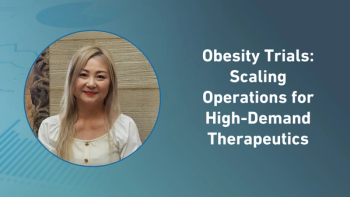
Investigate how sponsors are responding to rapid growth in obesity drug development, including strategies for manufacturing, supply chain optimization, dosing innovations, and combination therapies to meet market and patient needs.

Former FDA Commissioners Warn New Vaccine Policies Could Undermine Longstanding Regulatory Framework
Twelve former FDA leaders have publicly challenged the agency’s proposed overhaul of vaccine approvals, sparked by an internal memo linking child deaths to COVID-19 vaccination, arguing the changes threaten evidence-based standards, weaken immunobridging practices, and risk eroding public trust.

In today’s ACT Brief, we look at new insights on strategy-driven clinical development, fresh survey data revealing persistent site startup delays, and major leadership turnover inside FDA’s drug division.











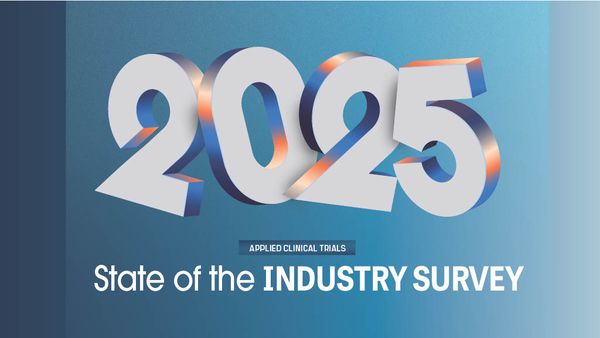






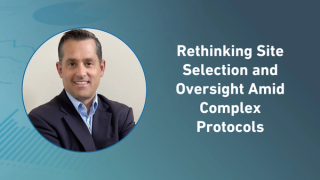

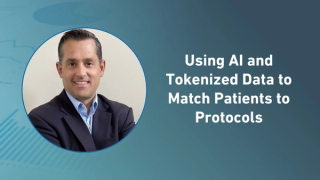



.png)



.png)



.png)
.png)
